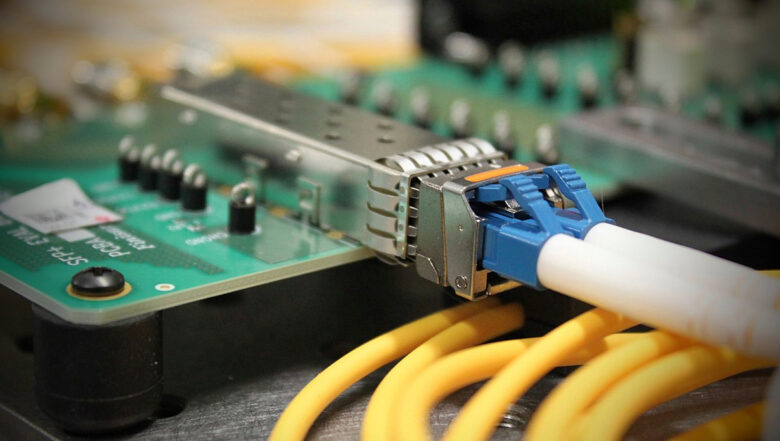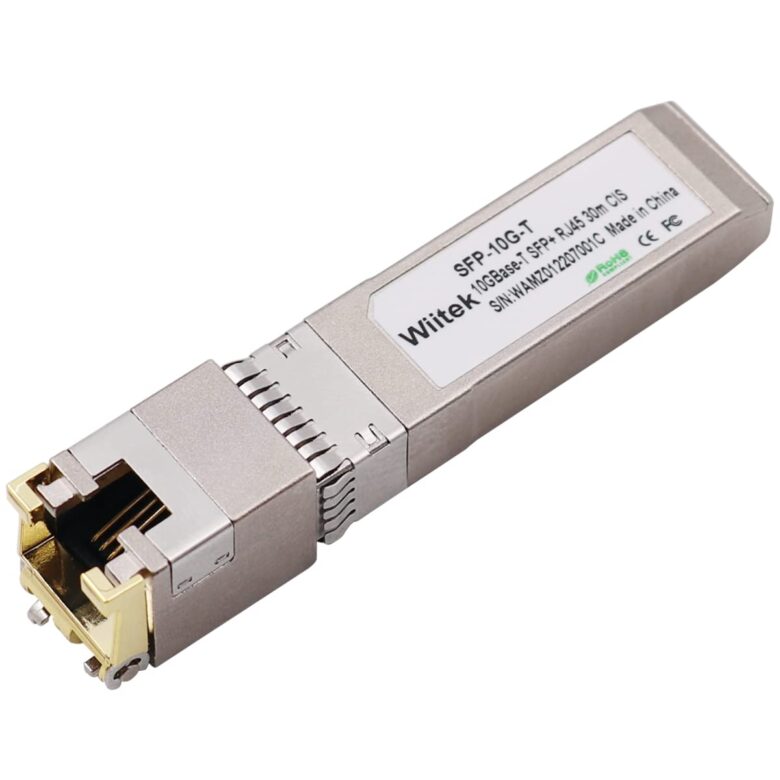In recent years, optical modules have become an increasingly important part of data center infrastructure. They are used to connect servers and switches within the data center and to connect the data center to the outside world. As optical module technology continues to evolve, it is important for businesses to stay up-to-date on the latest trends in the industry. In this blog post, we will provide an overview of the latest optical module research and analysis, including information on key players and market trends.

Source: carritech.com
Contents
According to the statistics of Lightcounting, a professional data company in the global optical module industry, the global optical module market scale has resumed growth in 2019 after three consecutive years of stagnation from 2016 to 2018. In 2020, the global optical module market scale will reach 8.1 billion US dollars. Lightcounting estimates that the global optical module market will be worth $17.6 billion in 2026, with a compound annual growth rate of 13.68% from 2024 to 2026. Among them, the global optical module market size from 2024 to 2024 will be 107.65/11.956/13.262 billion US dollars respectively, a year-on-year increase of 16.09%/11.06%/10.92%.
According to the statistics of Yole, French market research and consulting agency, the overall size of the global optical module market will reach US$9.6 billion in 2020, an increase of nearly 25% from US$7.7 billion in 2019. Yole predicts that the overall size of the global optical module market will grow from $9.6 billion in 2020 to $20.9 billion in 2026, with a compound annual growth rate of 14% from 2024 to 2026. Among them, the proportion of the data communication market will increase from 55.2% to 77.2% in 2026, and the compound annual growth rate from 2024 to 2026 will be 19%, becoming the main driving force for the growth of the optical module market.

Source: flukenetworks.com
Source of Growth in Demand for Optical Modules
The growth data of global Internet users and fixed network rates released by Cisco in 2020 confirms the growth trend of Internet traffic. From 2018 to 2024, the number of global Internet users will maintain a compound annual growth rate of about 6.4%, the compound annual growth rate of fixed network speed will be 19%, and the compound annual growth rate of mobile network speed will be 31%. It can be estimated that from 2018 to 2024, the average annual growth rate of global network traffic is about 27%, ranging from 25% to 30%. According to the data released by Cisco Visual Network Index (VNI) and Global Cloud Index (GCI), global Internet traffic shows two important trends: First, since 2017, the growth of global Internet traffic has been slowing down, and the average annual growth rate has been stable. around 20%. Second, the growth of cloud computing traffic has become the main driving force for growth.
In 2024, only 0.2ZB of global traffic will not pass through data centers, accounting for only 0.96% of global traffic. In terms of growth rate, the compound growth rate of global data center traffic will reach 25% from 2016 to 2024. According to the statistics of the Ministry of Industry and Information Technology and CNNIC, after the rapid growth of China’s mobile Internet traffic in the 4G period, it has declined rapidly since 2018. The average annual growth rate has stabilized at a level of slightly higher than 30%, and the growth rate of domestic Internet traffic has gradually increased. Convergence with the global traffic growth rate.

Source: connectortips.com
Optical Module Manufacturing Trends
The function of the optical module is photoelectric conversion. It can convert the electrical signal in the equipment and the optical signal in the optical fiber to each other, making it possible to transmit the equipment data in the optical fiber, otherwise the data center will not be able to operate at all! Inside the data center, optical modules are mainly used for information storage, generation and mining; in data center interconnection, optical modules can be used for data replication, software, and system upgrades; from data centers to users, optical modules are used for data conversion.
It is not easy to provide optical modules with reliable quality that meet the requirements of data center use. In recent years, the requirements for optical modules in data centers have become higher and higher. The first is to have a high speed. Currently, the interface of the server is changing from 1G SFP to 10G SFP+, and the aggregation switch is changing from 10G to 40G/100G. The network bandwidth capacity of the data center is constantly improving. The second is to have low power consumption. Although the power consumption of an optical module is only a few watts, the demand for an optical module in a data center is very large. With thousands of devices, the power consumption is staggering. According to calculations, the electricity bill of a data center for 3 years can be used to rebuild a data center.
The third is low cost. Although the price of a single optical module is not high, the quantity is very large. In this way, the overall cost of optical modules purchased by the data center is not low, and sometimes even exceeds the purchase amount of general network equipment. Compatible modules on the market are more popular now, the price is much lower than the original, but the performance and quality are comparable to the original.

Source: hyva.io
Final Words
Although the optical module is small, its role in the data center is unparalleled, and it can even restrict the operation and development of the data center to a certain extent. The future development of the optical module industry has broad prospects, we will wait and see.
